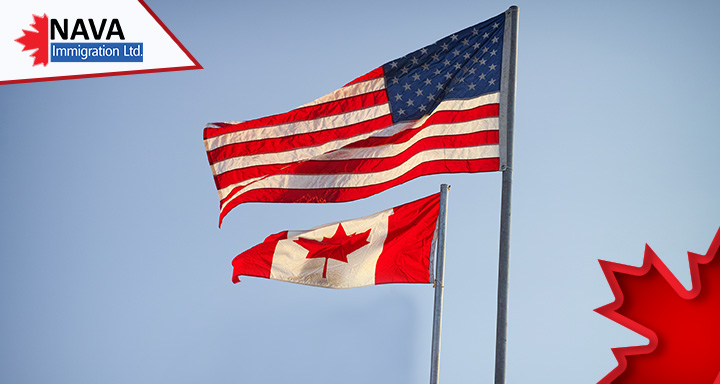Canada’s Humanitarian Pathway for People of the Americas
Recently, Canada’s Humanitarian Pathway was launched. Canadian Immigration Minister Marc Miller declared the launch of a new, dedicated humanitarian pathway for people of Colombian, Haitian, & Venezuelan yesterday, on November 17.
He added that this alternative program is designed to address irregular migration. They intend to admit 15,000 individuals through this family-based humanitarian pathway. This is an additional route provided alongside the existing programs.
According to the Minister, this dedicated humanitarian pathway will enable foreign nationals of Colombian, Haitian, and Venezuelans to gain permanent residence.
This pathway is now available for applications so that interested candidates can apply.
Canada’s Humanitarian Pathway: How Can You Apply?
IRCC’s Minister, Miller, emphasized the importance of offering safe and legal pathways, such as Canada’s humanitarian pathway, for displaced people to start new lives in Canada. By providing these pathways, Canada is honoring its commitment to humanitarian efforts. Additionally, it acknowledges the positive impacts newcomers have on society.
These include boosting the country’s economy and addressing gaps within the labor market, thereby strengthening Canada.
To be eligible for the pathway, the main applicant must be in relation with the Canadian PR or citizen. The eligible relations are a child of any age, grandchild, wife, common-law partner, parent, grandparent, or sibling of Canadian PR or citizen. Canadian PR or citizens must agree to support the interested applicant or family members for at least one year as an anchor.
To prove this, you’ll need a signed legal declaration from your anchor that they are ready to support you in Canada.
You can submit your application to apply using the Online IRCC portal.
Notably, Quebec has decided not to take part in this program. Thus, you must also intend to live outside Quebec in order to be eligible.
Candidates who enter Canada under this new pathway will be offered pre-arrival services. These services include a referral to a settlement service provider organization and employment skills assessment.
In addition to these eligibilities, candidates must qualify for interim financial aid from the Resettlement Assistance Program.
Canada’s Ongoing Welcome to the Americas: Current Practices and Methods
Canada is currently admitting an additional 4000 new immigrants from the Americas. This is being accomplished through the existing temporary worker programs in Canada. The seasonal Agricultural Worker Program is one such program.
Additionally, the country is also making use of the current refugee labor mobility pathway. It’s an Economic Mobility Pathways Pilot in Canada.
Canada has implemented these measures to reduce migration pressures in the Western Hemisphere.
Newly released Canada’s humanitarian pathway offers an alternative to irregular migration for displaced individuals. The reasons for displacement could be political, social, and economic instability.
In addition to the new pathway, Canada is strengthening its support for regional capacity-building efforts. This involves investing $75 million over six years for projects across the Caribbean and Latin America.
These initiatives will boost asylum capacity. In addition, it also better integrates migrants and refugees into local communities and employment markets.





